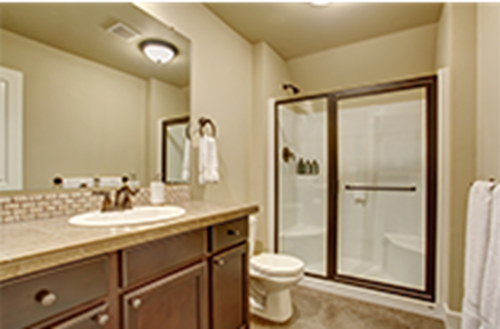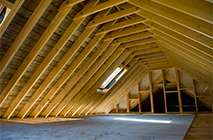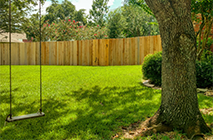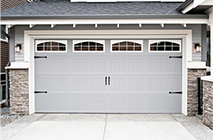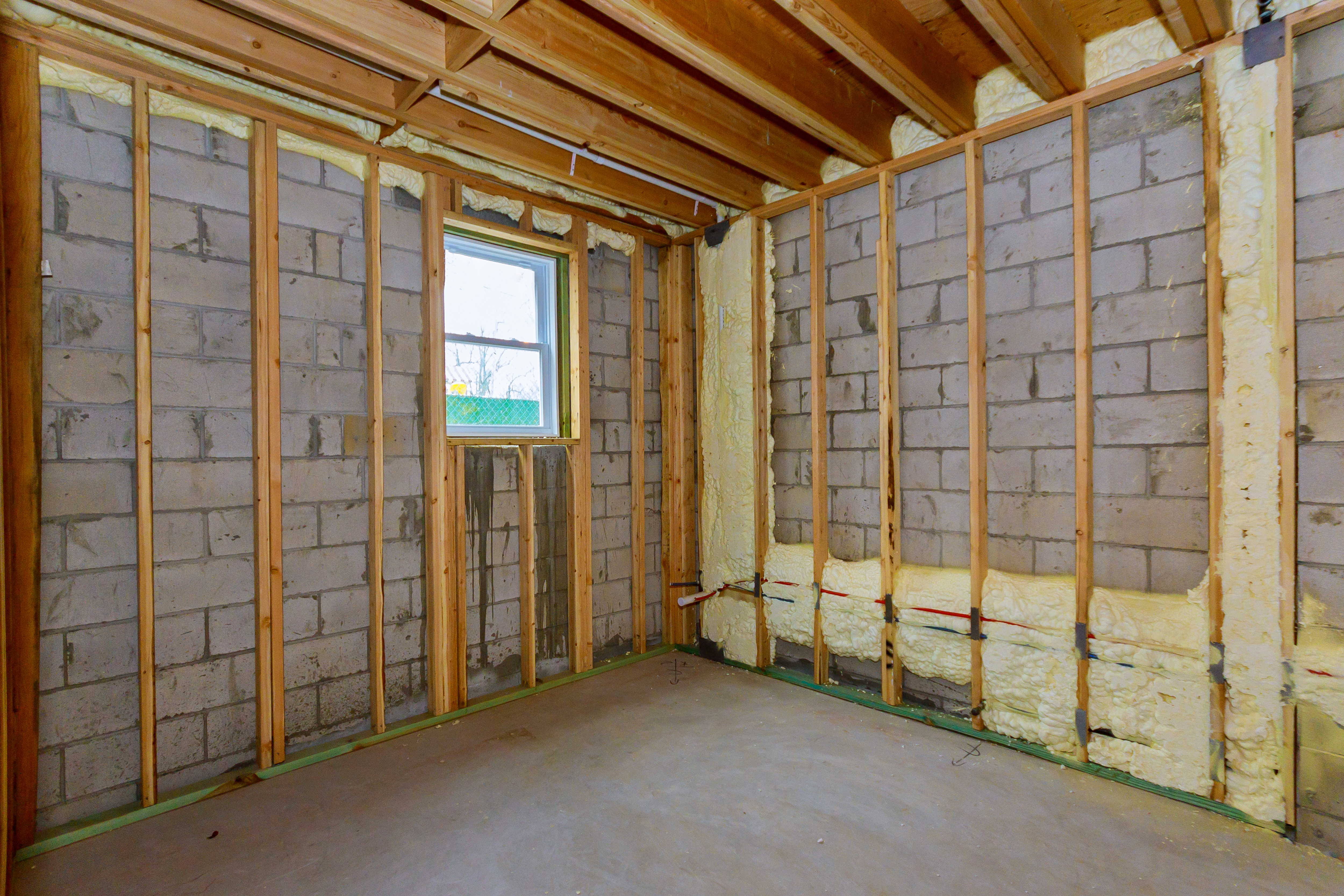
Mice and Other Rodents in the Walls
Have you ever been awoken in the middle of the night to a scurrying or squeaky sound coming from your walls? While it may not be the sounds of a ghost, the culprit may be another unwelcome intruder – rodents. Keep reading to learn about how to identify and get rid of mice in the walls.
These pesky invaders include House Mice, Roof Rats, Norway Rats.
How to Identify Rodents in Your Walls
Rodents often enter walls as they prefer to live in dark, secluded areas that provide protection. The insulation found inside walls make for ideal nesting materials and breeding grounds for these pests. Walls also offer easy access to various areas of the house, such as bathrooms and kitchens, where they can find food and water.
What are the Signs of a Mice or Rat Infestation in the Walls?
It is often difficult to identify a rodent infestation when they are hiding inside your walls. Aside from hearing strange sounds coming from inside the walls, there may be other telltale signs around your home that indicate a rodent infestation.
- Gnaw marks: Gnaw marks may be either rough or smooth.
- Droppings: House mouse droppings may be either soft and moist or dry and hard. The droppings measure about 1/8-1/4 inch long. They are rod-shaped and pointed on the ends.
- Tracks: House mice leave 4-toed prints with their front feet and 5-toed prints with their hind feet.
- Rub marks: House mice often leave oily rub marks on walls along which they travel.
- Burrows: House mice burrow using nesting materials such as insulation.
- Runways: House mice usually use the same pathways. Active runways are sometimes visible with rub marks, droppings, and footprints along them.
- Odor: The odor of house mouse urine may become distinct if there is a large number of house mice in a particular area. House mice use their strong-smelling urine to communicate with one another.
- Damaged goods: Mice prefer seeds or cereals. They will chew through boxes and packaging to access food.
- Actual rodent: If you see a mouse scurrying across the floor, there is likely a family of mice hiding out of sight
MORE FROM THE NATIONAL PEST MANAGEMENT ASSOCIATION
Why Do Rodents Often Get Inside Walls?
Rodents will often enter homes in search of food, water and shelter. Once inside they gravitate towards areas of the home that provide ample nesting materials and protection, making inside walls an ideal place to set up camp for many rodents. Walls are often filled with fluffy insulation which rodents will use to nest and breed in. Walls provide a secluded area for rodent populations to thrive undisturbed and unnoticed. Walls also provide easy access to various areas of the home. Mice and rats could be hiding inside your kitchen walls, venturing out when the time is right to gather their next meal.

How to Keep Rats and Mice Out of the Walls
To prevent rodents from entering your walls so you can sleep soundly at night, you must take the proper steps to deter these disease-carrying pests from entering your home. Rodents are extremely nimble, as mice can fit through openings as small a dime. Make sure all holes larger than a dime and gaps wider than a pencil are sealed with silicone-based caulk, steel wool or other construction material to keep pests out.
- Insert door sweeps and repair damaged screens
- Screen vents and openings to chimneys
- Seal cracks and holes on the outside of the home
- Replace loose mortar and weather stripping
- Keep attics, basements and crawl spaces well-ventilated and dry
- Inspect all packaging for damage before bringing into the home
- Store firewood at least 20 feet away from the home
How to Get Rid of Mice in Walls
If you suspect or discover a pest infestation in your walls, call a licensed pest control professional immediately. A trained professional will be able to inspect your walls, identify an infestation and recommend the best course of treatment.






